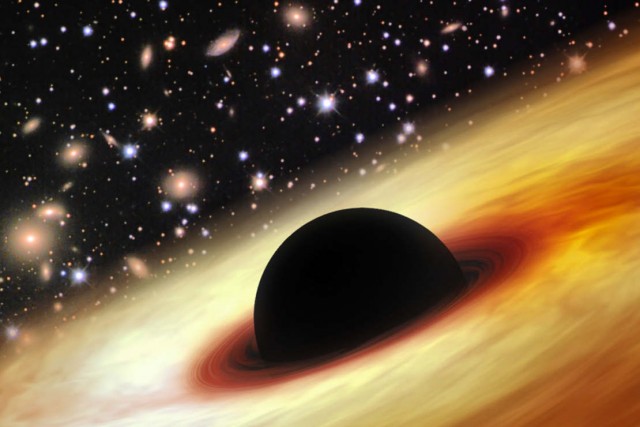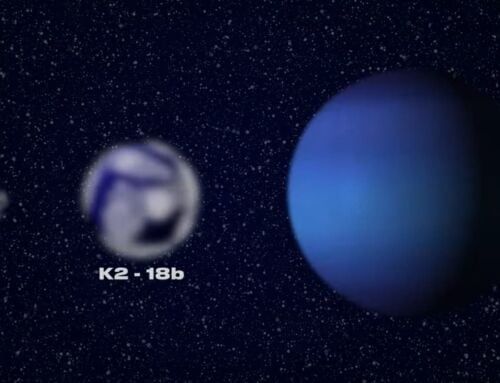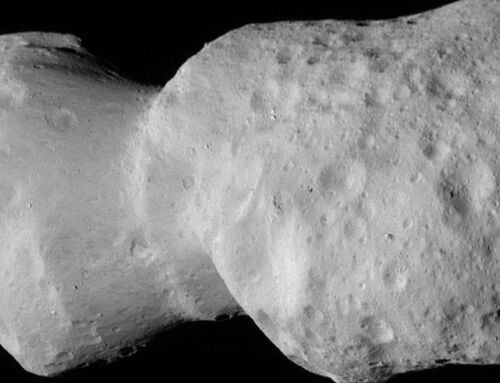A gigantic black hole at the heart of the brightest quasar in the early universe discovered, 12 billion times more massive than our sun.
Above: An artist’s impression of a quasar with a supermassive black hole in the distant universe. Image credit Zhaoyu Li/NASA/JPL-Caltech/Misti Mountain Observatory
A supermassive black hole (SDSS J0100+2802) is at the centre of a quasar, a powerful galactic radiation source, 12.8 billion light years from Earth, 12 billion times more massive than our sun.
SDSS J0100+2802 was formed 900 million years after the Big Bang, and astronomers cannot explain how could have formed so early.
The discovery of this ultraluminous quasar also presents a major puzzle to the theory of black hole growth at early universe, according to Xiaohui Fan, Regents’ Professor of Astronomy at the University of Arizona’s Steward Observatory, who co-authored the study.
Xiaohui Fan said:
“How can a quasar so luminous, and a black hole so massive, form so early in the history of the universe, at an era soon after the earliest stars and galaxies have just emerged? And what is the relationship between this monster black hole and its surrounding environment, including its host galaxy?
This ultraluminous quasar with its supermassive black hole provides a unique laboratory to the study of the mass assembly and galaxy formation around the most massive black holes in the early universe.”
The quasar dates from a time close to the end of an important cosmic event that astronomers referred to as the “epoch of reionization”: the cosmic dawn when light from the earliest generations of galaxies and quasars is thought to have ended the “cosmic dark ages” and transformed the universe into how we see it today.






Leave A Comment